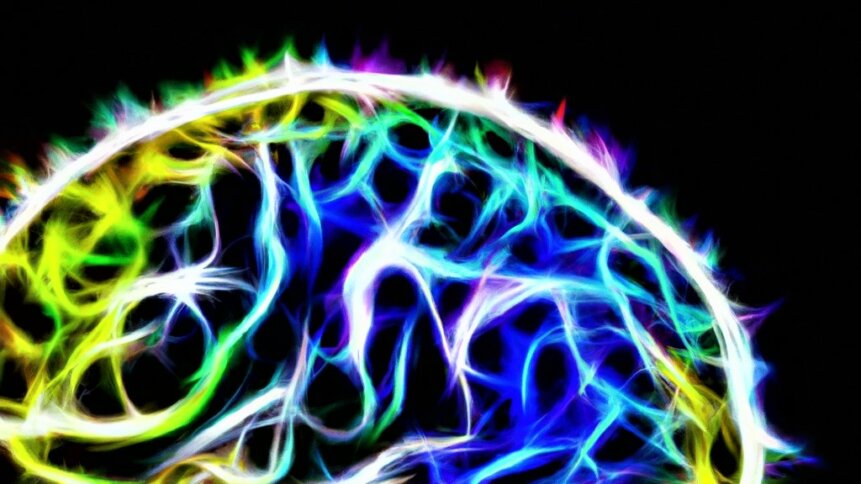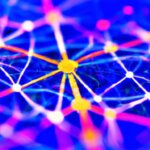Organoid intelligence: OI could take AI to the next level

|
Getting your Trinity Audio player ready...
|
Quantum computers are making the transition from lab to market, with qubits from a range of developers now available for hire in the cloud. Commercial examples include IBM Quantum, DWave’s Leap service, and Oxford Quantum Circuits, which offers access to its quantum computing hardware on Amazon Braket. At the same time, quantum computing firms such as Horizon Quantum Computing and Algorithmiq are working hard to make algorithms, which involve piecing together a series of quantum gates, easier for non-specialists to get their heads around. But quantum machines aren’t the only cutting-edge computing technology to keep in mind. Classical bits could have competition from biological hardware too, as highlighted by lab-grown neurons trained to play the classic arcade game Pong – a project dubbed DishBrain. And researchers are optimistic that the future of computing includes biology as industry watchers consider the prospects for so-called organoid intelligence.
Biomimetic sandbox
The team behind the DishBrain project, which deposited biological neurons over a microelectrode array, showed that the system displayed signs of learning after just five minutes of structured feedback on how to play the game of Pong. DishBrain’s contributors include the biotech start-up Cortical Labs, which is on a mission to develop a new class of artificial intelligence (AI). “Machine Learning algorithms are a poor copy of the way an organic neural network functions,” writes Cortical Labs on its website. “So we’re starting with the neuron, replacing decades of algorithms with millions of years of evolution.”
Bio-computers consisting of clusters of brain cells known as organoids grown in a petri-dish have a number of advantages over the silicon-based platforms that have supported IT infrastructure for decades. Firstly, biological systems have the capacity to be more energy efficient. The predictive word power of ChatGPT and other large language models has captured the imagination of millions of internet users. But clusters of computers have had to whirr away for months to optimize the algorithms deployed by OpenAI and others.
Writing in Frontiers in Science, leaders in the emerging field of organoid intelligence point out that humans operate at a 106-fold better power efficiency compared with the latest supercomputers. The exascale supercomputer installed at the US Department of Energy’s Oak Ridge National Laboratory by Hewlett Packard Enterprise, which is claimed to be one of the most energy-efficient supercomputers in the world, still consumes megawatts of power to achieve its 1.1 exaflop performance. The human brain, on the other hand, which is estimated to operate at a similar speed, requires just tens of watts. And not all tasks will require a bio-computer the size of the human brain.
Power-saving capabilities
According to research, larval zebrafish can navigate their environment, hunt prey, and avoid predators while consuming as little as 0.1 microwatts. And the difference between biological and computing hardware is that the former consumes energy directly through chemical reactions, whereas the latter relies on electrical power, which incurs additional losses.
The biocompatibility of computing systems based around organoid intelligence could be useful, too – for example, to interface with other living systems. In addition, bio-computers open the door to studying the effect of medicines and drugs on miniature living brains, with lab-grown systems acting as biomimetic sandboxes. Publishing its research in the journal Neuron (open access), the DishBrain team raises the prospect of studying how neurons perform in the company of other substances. Also, it may be possible in the future to culture tiny brain organoids using patient cells to optimize treatments and help predict how living computing systems respond to changes in their environment.
Evidence points to bio-computers as being much quicker learners compared with their silicon cousins, requiring fewer observations to solve a problem. The thought paper published in Frontiers in Science gives the example of DeepMind’s AlphaGo, which was the first computer to win against a professional human player. AlphaGo was reportedly trained for four weeks using 50 GPUs, digesting data on 160,000 games. Equivalent to a human player, AlphaGo had to practice for 175 years (assuming five hours spent practicing Go per day). And revisiting the energy advantages of biotech compared with silicon, the calorific equivalent of four weeks of intensive GPU use could, according to calculations, sustain the metabolism of an adult human for a decade.
Organoid intelligence roadmap
The performance boost that could be unlocked by producing computers out of biological material rather than silicon is significant. But there are obstacles to be overcome. Taking a look at the roadmap illustrates the challenges facing developers of high-performance organoid intelligence systems. Researchers are setting their initial sights on producing small clusters of around 50,000 brain cells. For comparison, such an organoid would be roughly a third of the size of a fly’s brain. And a longer-term goal is to build a system comprising 10 million neurons, which would be closer to the processing power of a tortoise.
Today, organoid intelligence is in its infancy, but it could make the debate about modern AI seem like a stroll in the park. If you’re worried about ChatGPT taking your job, what kind of workforce displacement could an office full of bio-computers bring about? And as organoids grow in size, how will they be regarded? Electrical devices spring to life at the flick of a switch, but bio-computers would need to be looked after even when they are in an off-state and nurtured more like plants than machines.









